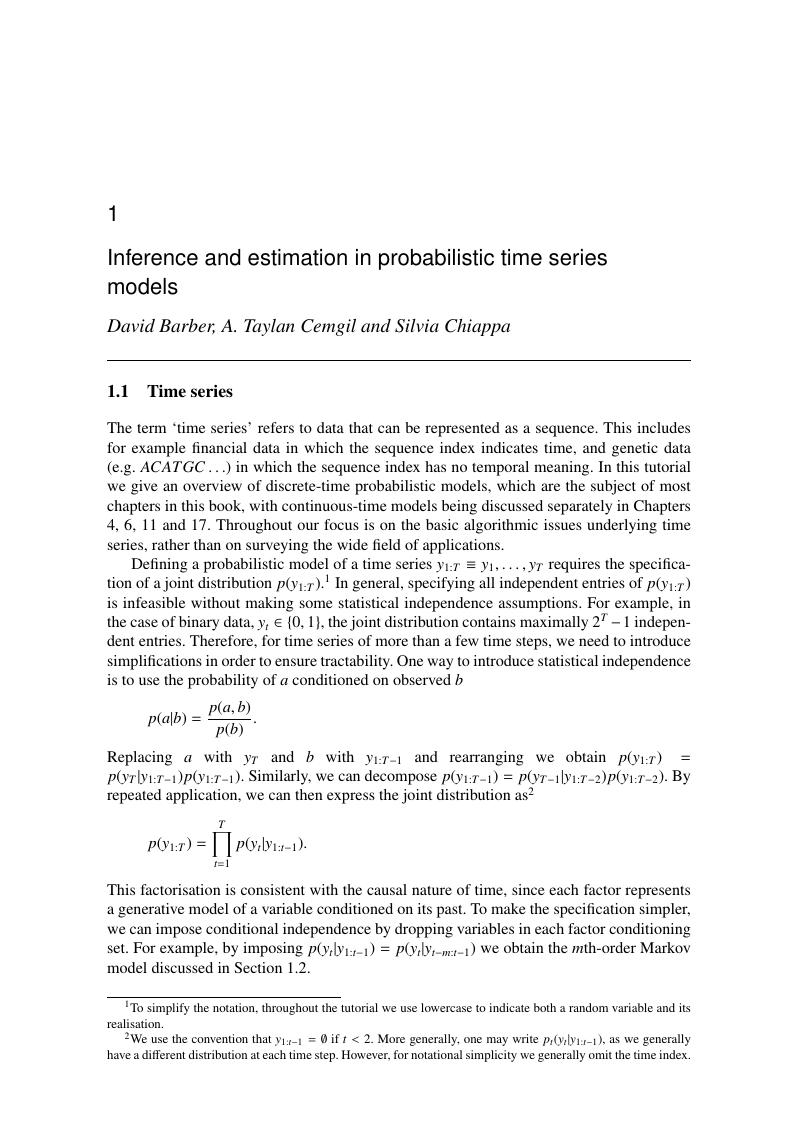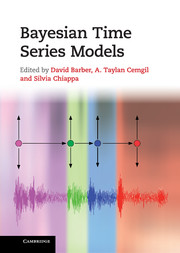1 - Inference and estimation in probabilistic time series models
Published online by Cambridge University Press: 07 September 2011
Summary

- Type
- Chapter
- Information
- Bayesian Time Series Models , pp. 1 - 31Publisher: Cambridge University PressPrint publication year: 2011
References
- 1
- Cited by



